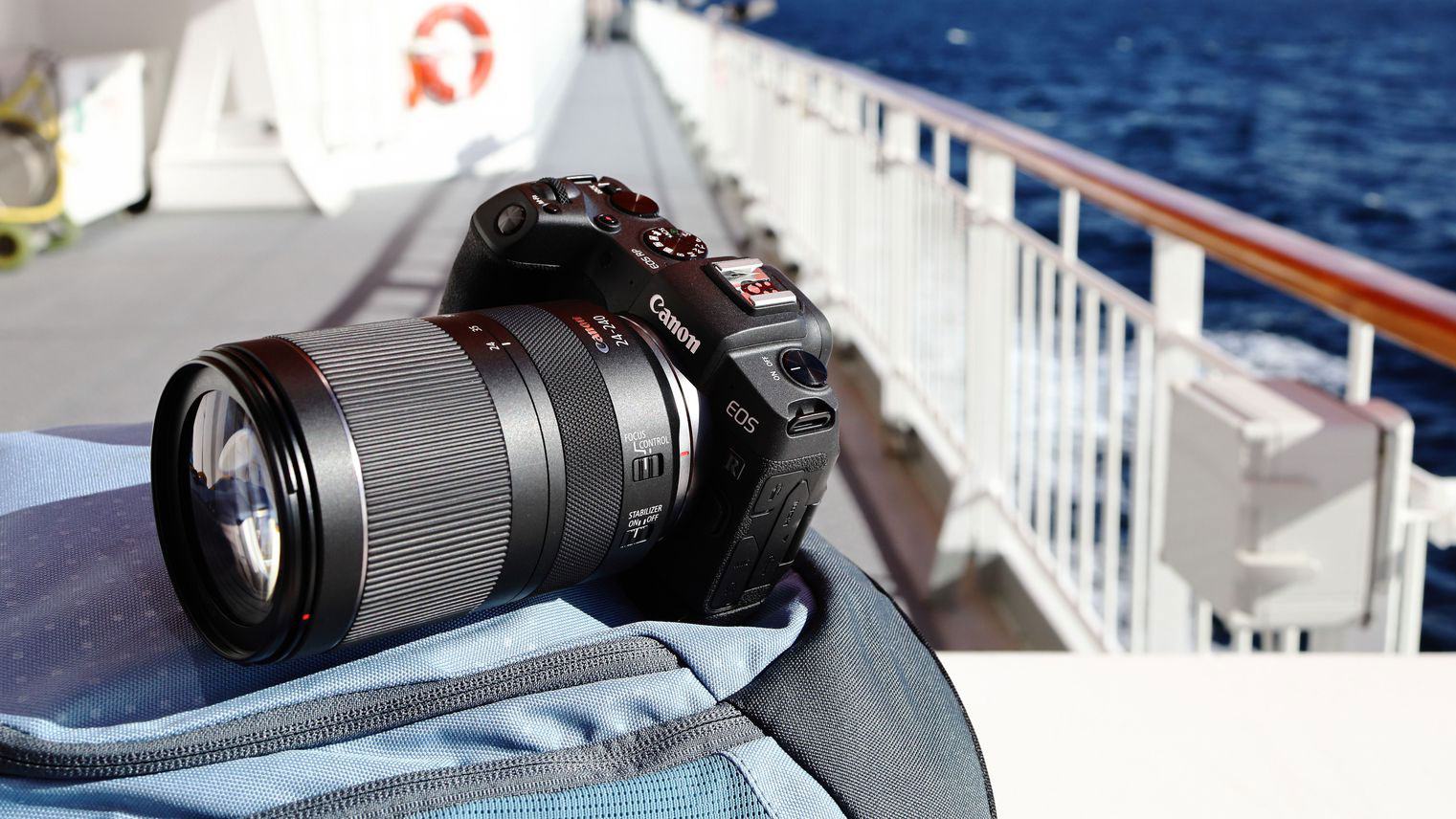Is this the best superzoom lens you can buy?
It’s the Canon RF 24-240mm f/4-6.3 IS USM, and it truly raises the bar for superzoom image quality

Canon said from the start that its new EOS RF mount would allow new developments in lens design and new possibilities for lenses. We’ve been pretty impressed by all the RF lenses we’ve seen so far, but this is the one that seems to bear out these claims.
What’s impressive about the RF 24-240mm f/4-6.3 IS USM is the consistency of its performance across the whole zoom range, and even at wide lens apertures. You can see the full story in our Canon RF 24-240mm f/4-6.3 IS USM review.
The sharpness does fall off a little towards the edges of the frame, especially at the longest zoom setting, but this is a small point – this lens delivers both a sharpness (in the center of the frame) and a contrast at its maximum focal length that we’ve not seen before even in the best superzoom lenses.

Who needs a superzoom?
The idea of a superzoom is very tempting. It’s a single lens that can do the job of a kit lens and a telephoto lens combined. No more clutter in your camera bag, no more lens swapping, no more shots lost while you fiddle about with lens changes.
But superzooms have a downside. In order to achieve a 10x zoom range (or larger), the designers have to accept some serious optical compromises – especially if a lens like this is to be affordable. This means the optical quality suffers, with more distortion and colour fringing at the wide-angle end of the zoom range and – much more serious – a loss of sharpness, contrast and overall optical quality at longer zoom settings.
What sets the Canon RF 24-240mm f/4-6.3 IS USM apart is that its images at 240mm are very nearly as clear, sharp and contrasty as it is at 24mm. This is a superzoom lens you can actually use at all of its focal lengths!

But is it cheating?
The performance of the Canon RF 24-240mm f/4-6.3 IS USM isn’t achieved purely through optical design. It relies heavily on digital corrections. These can be applied automatically in-camera or via lens profiles later in software if you’re shooting raw files.
The best camera deals, reviews, product advice, and unmissable photography news, direct to your inbox!
So with correction, this lens is optically excellent with no significant colour fringing, distortion or corner shading at any focal length – that’s pretty amazing for any lens, not just a superzoom. But without correction, the distortion at 24mm is so bad the corners of the image are clipped. Clearly, this is a lens never designed to be used without digital correction.
Purists won’t be happy. What we say, though, is that it’s the results that count, and if the Canon RF 24-240mm f/4-6.3 IS USM can achieve a level of image quality that can’t be achieved through optical means alone, then we’ll take that!

Read more:
• These are the best Canon lenses right now
• Here is the Canon RF lens roadmap: find out what's coming next!
• How to choose the best superzoom lens for Canon DSLRs

Rod is an independent photography journalist and editor, and a long-standing Digital Camera World contributor, having previously worked as DCW's Group Reviews editor. Before that he has been technique editor on N-Photo, Head of Testing for the photography division and Camera Channel editor on TechRadar, as well as contributing to many other publications. He has been writing about photography technique, photo editing and digital cameras since they first appeared, and before that began his career writing about film photography. He has used and reviewed practically every interchangeable lens camera launched in the past 20 years, from entry-level DSLRs to medium format cameras, together with lenses, tripods, gimbals, light meters, camera bags and more. Rod has his own camera gear blog at fotovolo.com but also writes about photo-editing applications and techniques at lifeafterphotoshop.com
